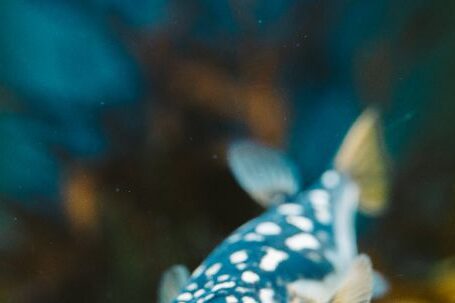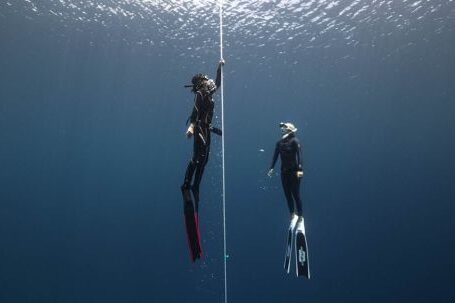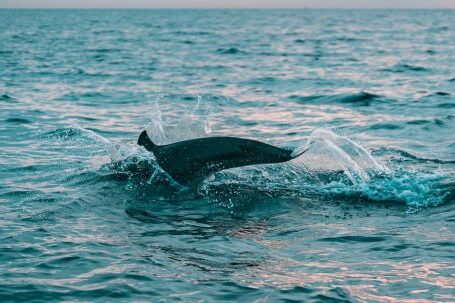Drift diving is an exhilarating and adventurous form of diving that allows divers to effortlessly glide along with the current, exploring vast underwater landscapes and encountering a wide variety of marine life. However, mastering the art of drift diving requires a combination of skill, knowledge, and experience. In this article, we will explore the essential techniques and tips for becoming a proficient drift diver.
Understanding the Current
Before embarking on a drift dive, it is crucial to have a thorough understanding of the current’s behavior. Currents can vary in strength and direction, and they can change throughout the dive. It is essential to gather information about the current from local dive operators, dive guides, or experienced divers who are familiar with the dive site. This knowledge will help you plan your dive and ensure your safety.
Streamlining Your Gear
When drift diving, it is important to reduce drag and maintain a streamlined profile. This will allow you to move effortlessly through the water and minimize the effort required to navigate the current. Make sure your gear is properly secured and streamlined to your body. Tucking in loose hoses, securing dangling equipment, and using low-profile gear can significantly reduce drag and improve your diving experience.
Buoyancy Control
Mastering buoyancy control is crucial for drift diving. Proper buoyancy control allows you to maintain your depth and effortlessly glide through the water. Practice your buoyancy skills in calm conditions before attempting drift diving. Make small adjustments to your buoyancy throughout the dive to compensate for changes in current strength and depth. This will help you stay in control and avoid collisions with the reef or other divers.
Navigation and Communication
Navigating during a drift dive can be challenging, as the current can carry you away from your intended path. It is essential to use visual references such as the reef or the dive boat to maintain your bearings. Additionally, having good communication with your dive buddy or group is vital. Agree on hand signals or other forms of communication to ensure everyone stays together and can communicate effectively underwater.
Maintaining Awareness
Drift diving requires a high level of situational awareness. Constantly scan your surroundings to spot potential hazards, such as strong currents, marine life, or other divers. Be mindful of your depth and air consumption to ensure you have enough air to safely ascend and complete your dive. Regularly check your dive computer or gauge to monitor your dive time and depth.
Respecting the Marine Environment
As responsible divers, it is our duty to protect and preserve the marine environment. When drift diving, it is essential to maintain good buoyancy control to avoid damaging fragile coral reefs or stirring up sediment. Avoid touching or disturbing marine life, as this can cause stress or harm to the animals. By respecting the marine environment, we can ensure that future generations can also enjoy the beauty of the underwater world.
Conclusion
Mastering the art of drift diving requires practice, experience, and a deep understanding of the underwater environment. By understanding the current, streamlining your gear, mastering buoyancy control, and maintaining awareness, you can become a proficient drift diver. Remember to always respect the marine environment and dive safely. So, grab your gear, dive into the depths, and experience the thrill of drift diving like never before!





